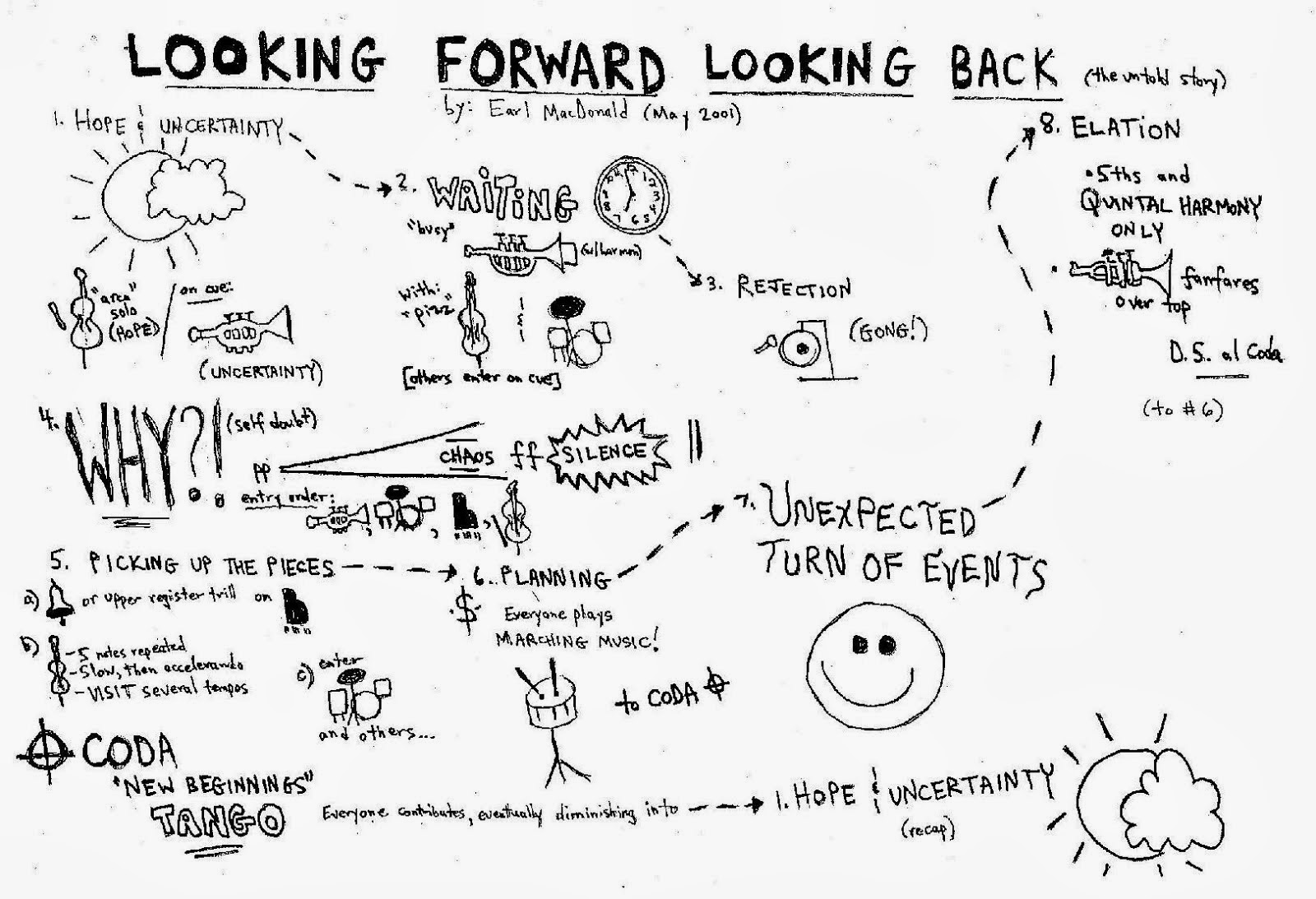Guided “free” improvisation, using structured games & graphically notated scores, provides a legitimate entry point for teaching beginner improvisers. Rather than overwhelming students with chords and scales, it reinforces their comprehension of contrasting elements within music. This lighthearted approach to composition and improvisation can be beneficial to the development of musicianship and intuition at all levels.
Session title: Footloose & Fancy-Free
Session outline:
Professor MacDonald‘s use of structured games and graphically notated scores with students transpired from the need to get young people actively improvising in the first session of a summer jazz camp, when in all likelihood they knew nothing about chord symbols, let alone chord-scale relationships or the rich recorded history of jazz. This clinic does not negate the importance of teaching music theory. It demonstrates what MacDonald believes to be a legitimate entry point to teaching beginner improvisers. They will not experience the temporary mental paralysis brought about by having too much new material to digest and assimilate as they try to create spontaneously. When he tried similar games with professional jazz musicians in concert, the response has been consistently gratifying. Free jazz improvisation, in the form of structured games and pieces, provides a wonderful contrast within performance sets.

